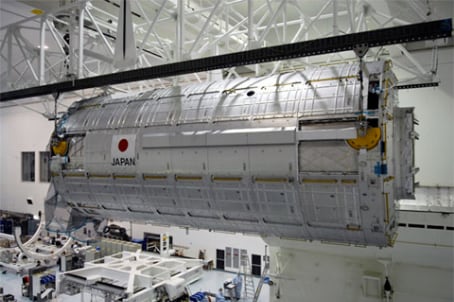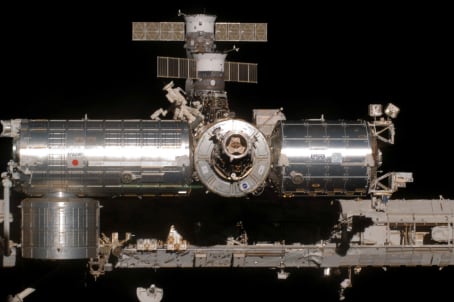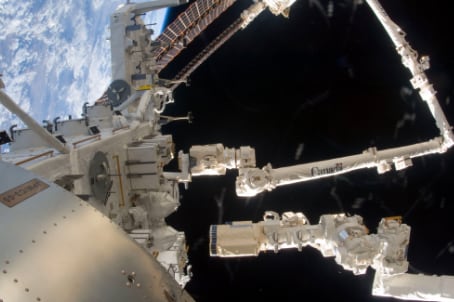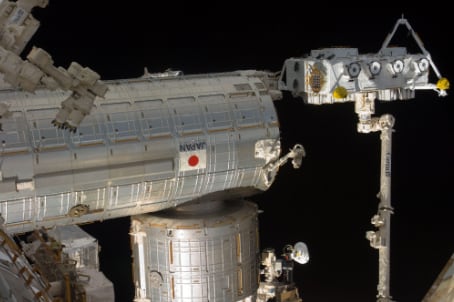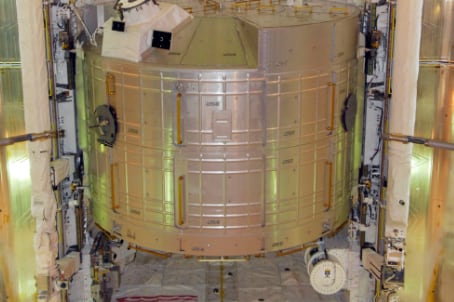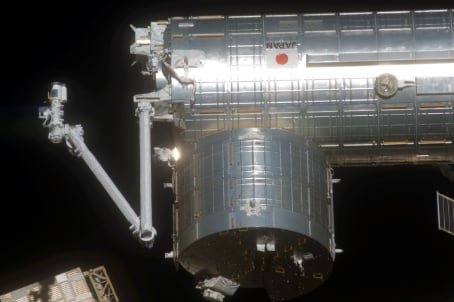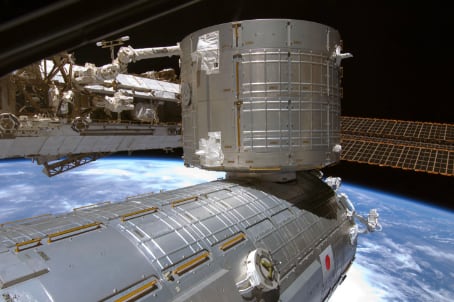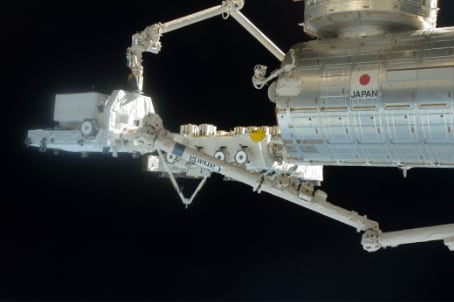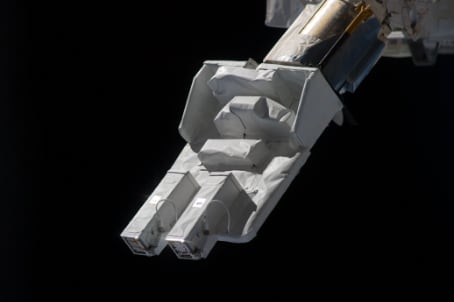Major Components of "Kibo"
Kibo is a Japanese laboratory, floating in space, and the largest experiment facility on the ISS. What is its structure like?
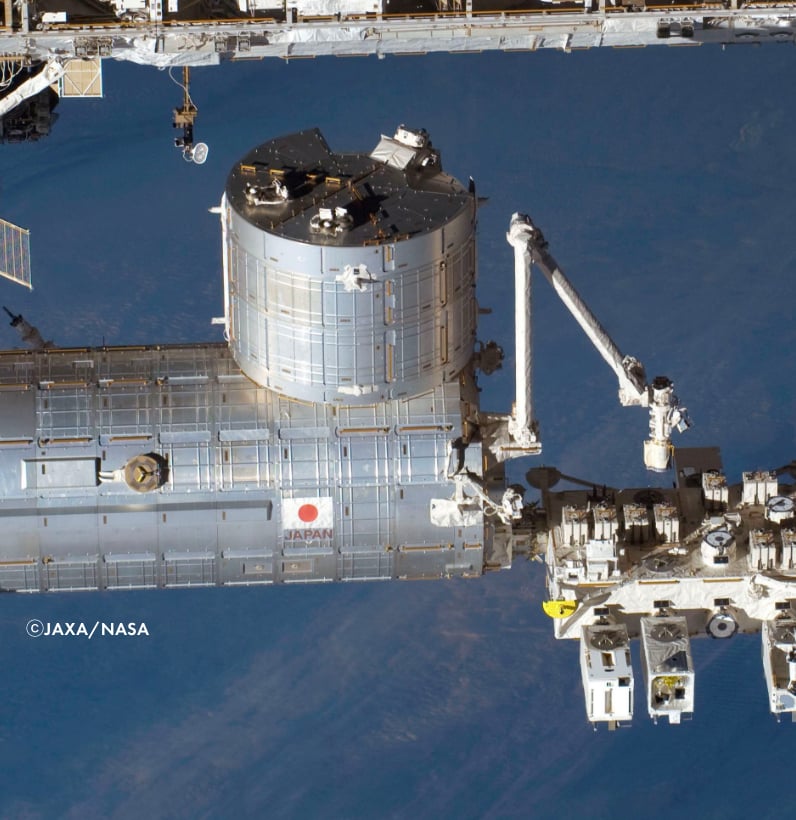
Making space experiments more accessible. Japan's first manned space facility.
Kibo was developed by Japan. It is Japan's first manned facility enabling long-term activities by astronauts, and various experiments and observations are carried out here using the space environment.
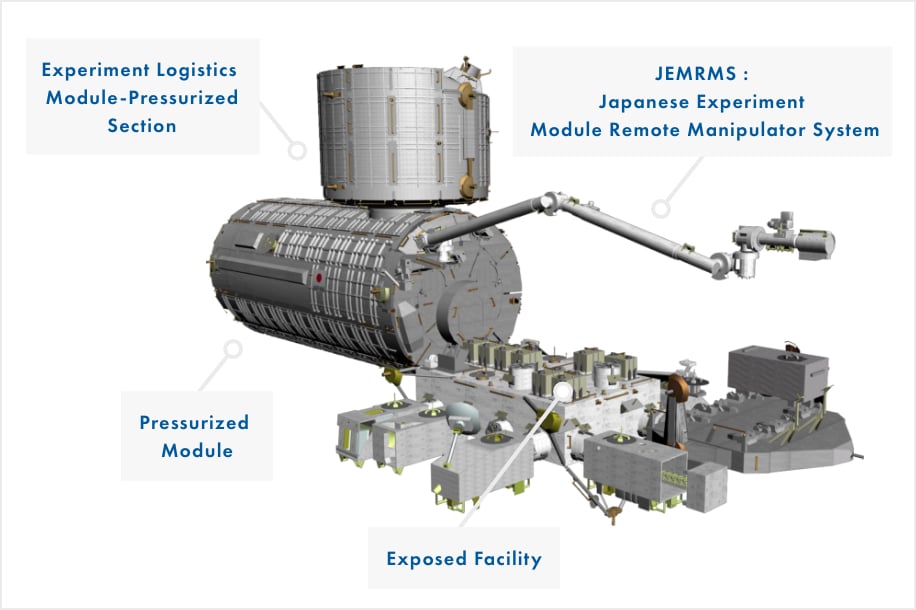
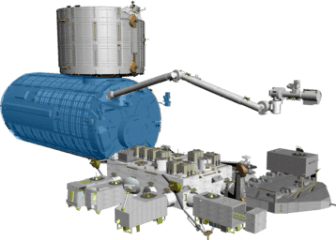
The heart of Kibo is the Pressurized Module

You might call this the "heart" of the entire Kibo module.The Pressurized Module is a place for astronauts to stay and conduct experiments using the microgravity environment. The inside of the module has almost the same atmospheric composition as on earth. The pressure is maintained at 1 standard atmosphere (1 atm), while temperature and humidity are controlled to ensure the environment is comfortable for astronauts to work in. Astronauts can therefore work in the Pressurized Module in regular clothing.
JAXA Digital Archives
System racks and payload racks
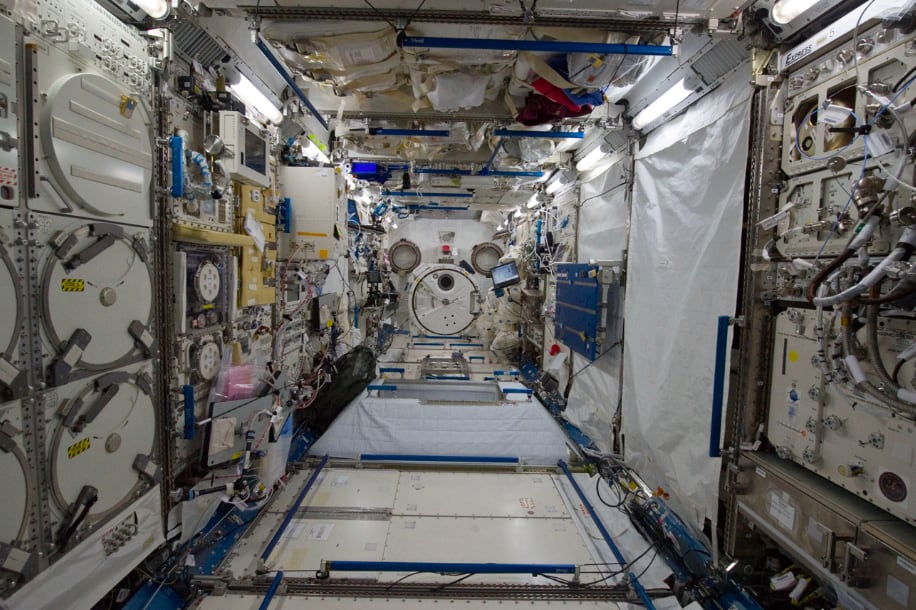
The interior of the Pressurized Module is covered with racks for installing experiment equipment and system devices. These racks include system racks containing systems for controlling and managing the electric power, communications, air-conditioning, and thermal control necessary for maintaining Kibo’s operations; payload racks; and storage racks as storage compartments for experimental samples and so on. Up to 23 racks can be installed.
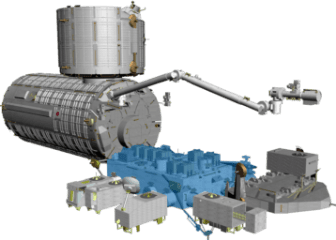
The Exposed Facility has applications as limitless as the stars
The Exposed Facility is a multi-purpose experiment platform enabling experiments that utilize exposure to the unique microgravity and high vacuum environments of space, such as scientific observation, observation of the earth, communications, science and engineering experiments, and experiments on materials.
In total, there are 12 ports on the Exposed Facility for mounting exposed experimental equipment. Various other experiments can also be performed by exchanging the equipment.

JAXA Digital Archives
Main components of the Exposed Facility
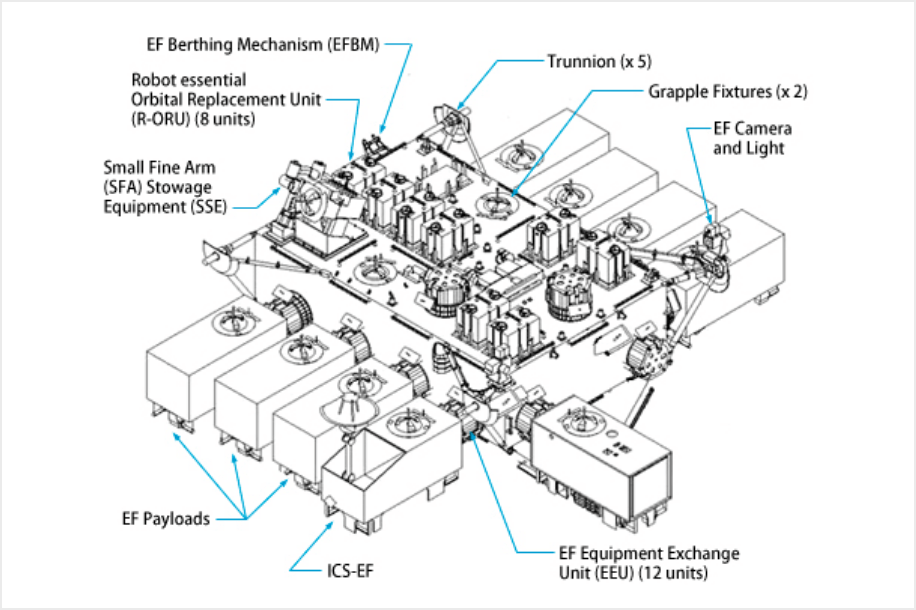
ORUs: Orbital Replacement Units
The units necessary for EF operations such as electric power system, communications and control system, and thermal control system can be replaced in case of malfunctions or other anomalies.
EFBM: Exposed Facility Berthing Mechanism
This mechanism is for connecting the Exposed Facility and the Pressurized Module. When the EFBM is attached, the systems for electric power, communications and control, and thermal control are connected, enabling the supply of power from the Pressurized Module to the Exposed Facility and the exchange of various types of data.
Trunnion
These are the fastening fixtures used when mounting the Exposed Facility to the payload bay (cargo bay) of the Space Shuttle.
Grapple Fixtures (gripped parts)
Parts gripped by the robotic arm
Exposed Facility Camera and Light
Video camera and light. Experiment equipment and ORUs are replaced by operating the robotic arm while watching images from the Exposed Facility Camera and Light.
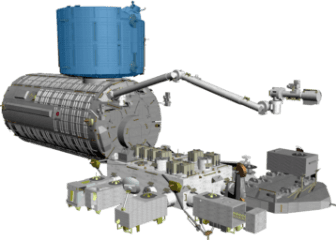
Experiment Logistics Module-Pressurized Section for storage and organization

This space provides storage for items like experimental equipment, samples, and supplies. Among the experiment modules on the ISS, only Kibo has its own storage compartment. The inside of the compartment is maintained at 1 standard atmosphere (1 atm), just like the Pressurized Module, and astronauts can freely come and go between the two modules.
JAXA Digital Archives
Role of the Experiment Logistics Module-Pressurized Section

The Experiment Logistics Module-Pressurized Section was used as a container to carry items such as payload racks at launch. It can hold eight racks inside. As part of the 1J/A ISS assembly mission, it was launched with Kibo system and payload racks and transported to the ISS. This is, so to speak, Japan's first manned spacecraft. It is used primarily as a storage compartment in orbit, for items such as tools needed for maintaining system devices and experimental equipment, experiment samples, and spare parts in case of device malfunction.
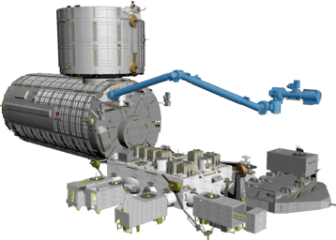
A powerful, dexterous robotic arm specifically for use in space
In experiments with the Exposed Facility, Kibo’s robotic arm, the Japanese Experiment Module Remote Manipulator System, performs work instead of humans, such as exchanging experimental equipment. The Main Arm and the Small Fine Arm mounted to the Main Arm's end each have six joints, and are remotely operated by commands sent from the control center on earth.

JAXA Digital Archives
Operation of the robotic arm
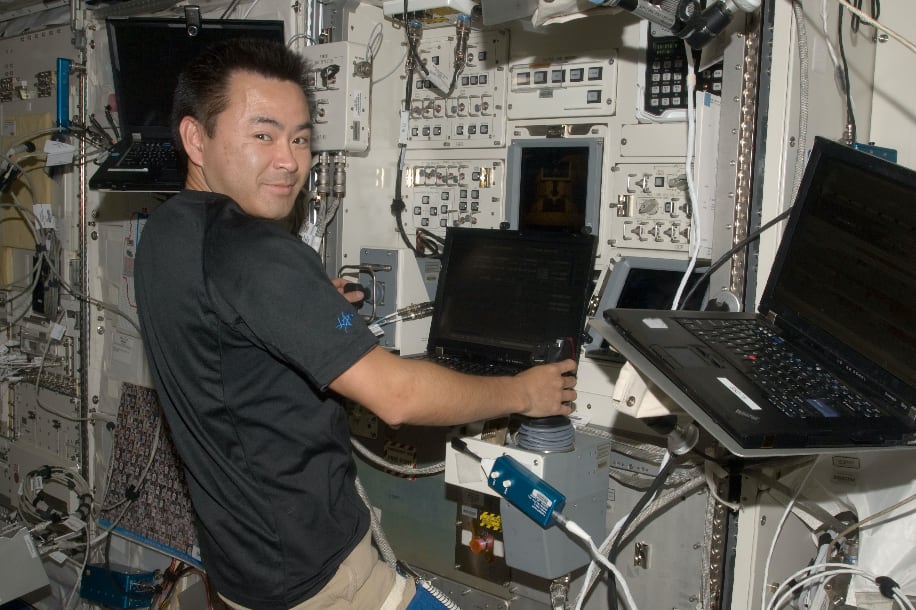
In the beginning, the robotic arm was operated by astronauts aboard Kibo using a joystick-like device called the JEMRMS Console. However, remote operation is currently performed from a control center on earth in order to lessen the burden on astronauts wherever possible and allow them to focus on work only humans can do.
The robotic arm console was launched on the 1J/A mission in March 2008, the Main Arm in June 2008 on the 1J mission, and the Small Fine Arm in September 2009 on the technical demonstration flight of HTV1.
Unless specified otherwise, rights to all images belong to ©JAXA




